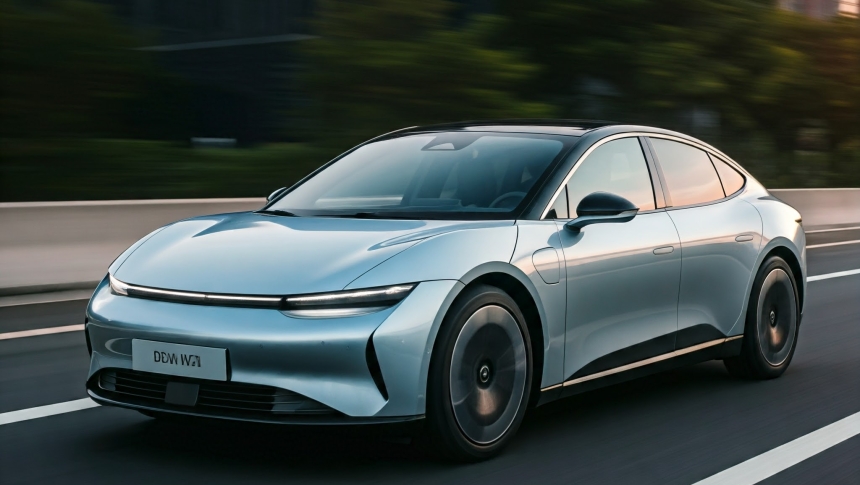
The Chinese Automotive Market: Trends and Insights for 2024
The automotive market in China has long been a focal point for global manufacturers, policymakers, and investors. As the largest car market in the world, it offers a wealth of opportunities and challenges. In this article, we will delve into the current state of the Chinese automotive market, backed by key statistics and trends that define its trajectory in 2024.
Market Overview
As of 2023, China’s automotive market reached a staggering 26 million units sold, reflecting a 6% increase compared to the previous year. This growth is primarily driven by a robust demand for electric vehicles (EVs) and an improving economic landscape post-COVID-19.
Electric Vehicle Surge
In 2023, EV sales in China accounted for 30% of the total vehicle sales, a significant leap from just 10% in 2020. The Chinese government’s aggressive push towards electrification has seen the introduction of various incentives, such as subsidies and tax exemptions. According to the China Association of Automobile Manufacturers (CAAM), EV sales surged to 8 million units in 2023, up from 6.5 million in 2022.
Domestic vs. Foreign Brands
Chinese brands are gaining ground rapidly. In 2023, local manufacturers like BYD, NIO, and Xpeng sold 15 million vehicles, capturing 57% of the market share. This shift is evident as foreign brands, including Volkswagen and Toyota, struggled to maintain their foothold, accounting for only 40% of total sales, down from 45% in 2022.
Key Trends Shaping the Market
1. Sustainability Focus
The Chinese government aims for carbon neutrality by 2060, which has spurred automakers to adopt sustainable practices. More than 50% of new vehicles produced in 2024 are projected to be electric or hybrid.
2. Technological Innovations
Advancements in technology are redefining the automotive landscape. In 2024, over 70% of vehicles sold in urban areas are expected to feature advanced driver-assistance systems (ADAS), improving safety and driving efficiency.
3. Smart Mobility Solutions
The rise of smart mobility is transforming how consumers view transportation. Ride-sharing and autonomous driving technologies are expected to grow, with an estimated 15% of urban commuters using these services by 2025.
Future Projections
Looking ahead, the Chinese automotive market is set to expand further. Analysts predict that by 2025, total vehicle sales could reach 30 million units, driven predominantly by the continued growth of EVs, which are expected to comprise 40% of total sales by then.
Investment Opportunities
Investors should take note of the increasing investments in EV infrastructure, with the government planning to install 1 million charging stations by 2025. This presents significant opportunities for companies involved in energy, technology, and automotive sectors.
Conclusion
The Chinese automotive market is at a pivotal point in its evolution, characterized by rapid growth in electric vehicle adoption, a shift towards domestic brands, and technological advancements. With a projected market size of $1 trillion by 2025, it remains an attractive landscape for stakeholders looking to capitalize on emerging trends. Understanding these dynamics will be crucial for any entity aiming to navigate this complex and lucrative market.



